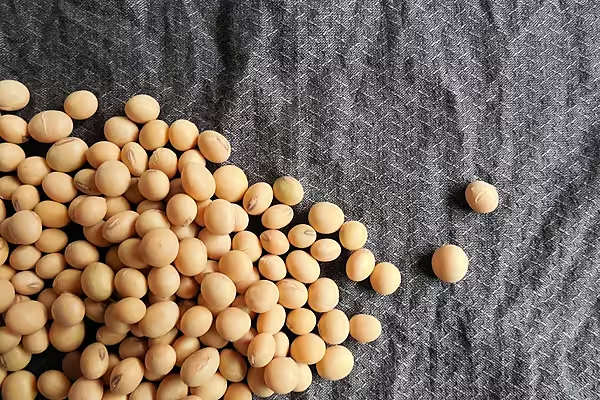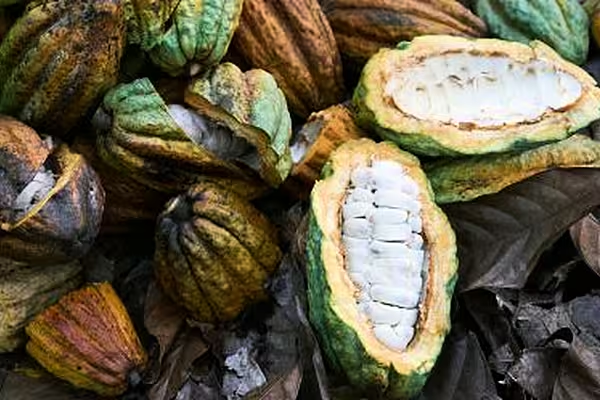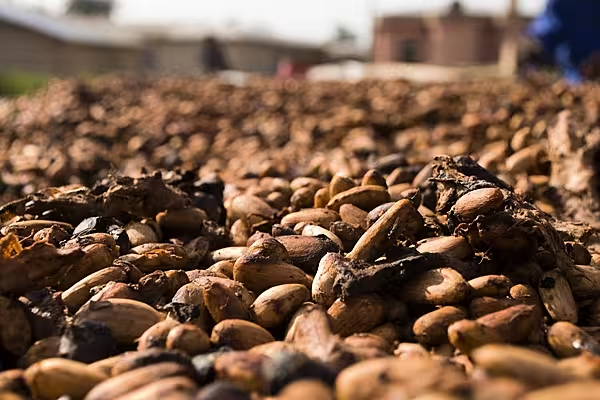U.S. soybean futures inched higher in hesitant trading on Wednesday as the oilseed market weighed up a run of purchases by top importer China against the threat of weaker overall demand due to the coronavirus epidemic.
Corn was also steady, underpinned by a recovery in crude oil, while wheat eased as beneficial rain for northern hemisphere crops continued to pressure the market.
The subdued trend in grain markets was in keeping with wider financial markets as weak economic data and simmering U.S.-China tensions clouded hopes about the easing of coronavirus lockdown measures.
The most-active soybean contract on the Chicago Board Of Trade was up 0.1% at $8.40-1/2 a bushel by 1214 GMT, recovering from a small earlier fall.
CBOT corn was up a quarter of a cent at $3.17-1/4 a bushel, remaining within sight of a 10-year low struck last month.
Wheat ticked down 0.5% to $5.18-1/4 a bushel.
New Tariffs
Tuesday's U.S. Department of Agriculture announcement that Chinese buyers had booked deals to buy 378,000 tonnes of soybeans from the United States boosted sentiment in the face of a U.S.-Chinese row over the coronavirus pandemic that has seen Washington consider new tariffs against Beijing.
The prospect of a drop in demand for soy-based livestock feed, as coronavirus outbreaks cause U.S. meat-packing plants to close, was hanging over the market.
A plunge in demand for crop-based biofuel, including corn-based ethanol and biodiesel that uses vegetable oils like soyoil, was also curbing grain prices.
"Agriculture markets - soybeans, corn and wheat, have not yet taken into account demand destruction resulting from the coronavirus pandemic," said Ole Houe, director of advisory services at brokerage IKON Commodities.
"There is more downside to prices."
Grain Markets Pressure
Fair weather for U.S. corn and soybean planting and moisture for dry U.S. and European wheat belts was also pressuring grain markets.
"The market is becoming more confident that the amount of northern hemisphere wheat that's facing water stress is decreasing," a European futures broker said.
Still, continuing weather risks, including a cold spell in northerly U.S. crop belts this week and insufficient rainfall in parts of Russia, were helping underpin prices.
In Brazil, meanwhile, corn farmers hoping for relief from drought were disappointed by weaker-than-expected rains this week, while frost expected in the state of Parana could bring further losses, weather forecasters said on Tuesday.
News by Reuters, edited by Checkout. Click subscribe to sign up for the Checkout print edition.









